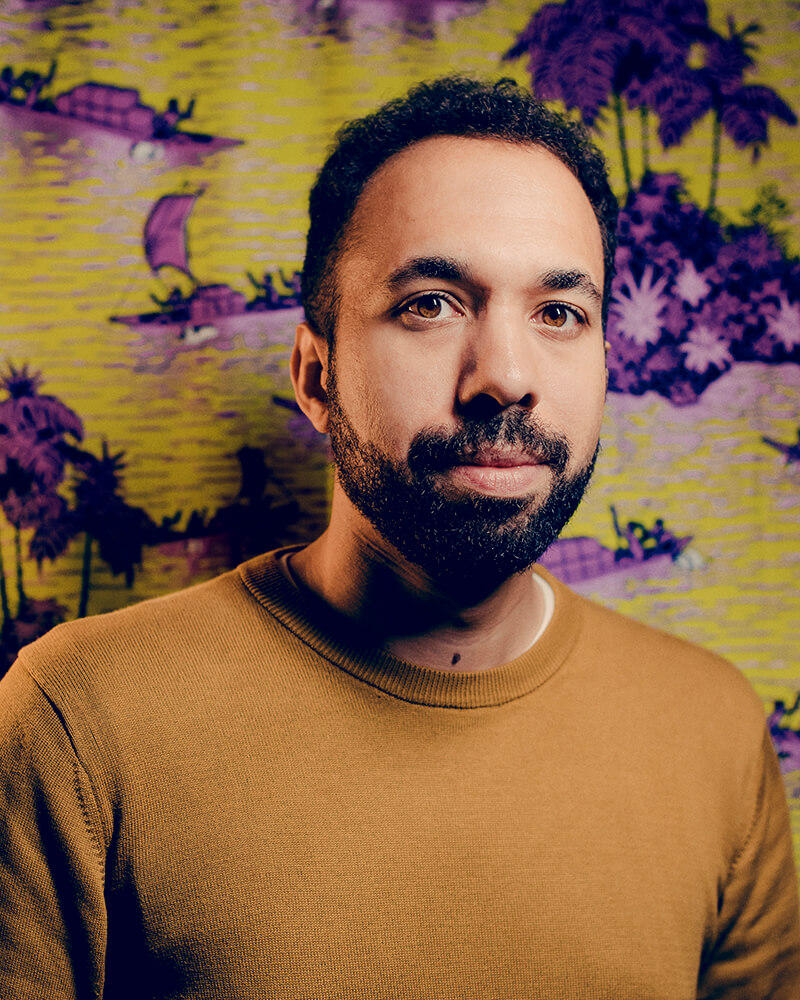Part 1
Investing with an ecosystemic approach. 2050 not only invests in high-potential aligned businesses but also supports and partners with transformative initiatives to accelerate sustainable change in key markets, including the finance industry. These resources and assets benefit more than just 2050. While we don’t expect direct financial returns—emphasis on ‘direct’—we anticipate significant ecosystemic value for us, our immediate ecosystem, and the sustainable transformation of the sectors we engage with, compounding value for our venture investments. This is funded by 10% of subscriptions in 2050.ventures, with the management team committing 50% of its net performance fee to nurturing these commons.
This article series will delve into the rationale behind our model and our learnings so far.
———–
The move was unprecedented. Love them or hate them, but in 2014, Tesla and its controversial CEO made a radical decision: from that date forward, all of the company’s patents would be open. Patents which had been zealously guarded since Tesla’s inception in 2005 were now available for anyone to use. By 2019, Tesla had completed the open-sourcing of all its patents. In a world fiercely protective of intellectual property, this strategic shift was shocking. What could justify such a bold move, especially in an increasingly competitive landscape?
In a now-famous blog post, Elon Musk explained the decision was to foster industry-wide innovation and advance electric vehicle technology:
“Our true competition is not the small trickle of non-Tesla electric cars being produced, but rather the enormous flood of gasoline cars pouring out of the world’s factories every day. We believe that Tesla, other companies making electric cars, and the world would all benefit from a common, rapidly-evolving technology platform.”
While it is hard to determine the exact extent to which this move contributed to Tesla’s overall financial success, it undeniably helped cement Tesla’s leadership in the industry. Five years later, Toyota similarly announced that it would allow other companies to use nearly 24,000 patents related to its hybrid car technology.
Innovating in Common
Now, let’s delve into the fundamentals of this approach: the commons.
Nobel Prize-winning economist Elinor Ostrom defined a commons as a resource managed and governed by a community with established rules of access and sharing. They transcend the binary alternative between private and public by focusing more on access, sharing, and decision-making rather than strict ownership. Commons can take many forms! You may think of natural assets like air, water, and forests, which have traditionally been managed collaboratively to ensure their sustainability and equitable distribution. You could argue that the COVID crisis, shedding light on our collective vulnerabilities and dependencies, has underscored the need to think of global health as a commons. This is why scholars, activists, and policymakers increasingly champion this idea as a new management framework to address contemporary global environmental and social challenges.
In the context of the digital revolution, the concept of commons has gained renewed significance, particularly through the emergence of digital commons. These are open and shared intellectual assets such as knowledge, information, data, and technology, which can be collectively managed and/or openly accessible to foster innovation and collaboration. Because they are usually non-rival— meaning you don’t lose them by sharing them—they are easier to manage as commons. A digital commons is therefore a digital resource such as data, a platform, software, an application that is open to everyone and can be modified by anyone. The licenses and access conditions may vary, but the general approach remains the same.
There are many examples of widely used products based on open foundations. The largest one? You’re using it right now! The Internet and the web run largely on open interfaces and free software. This lack of barriers to entry explains why they have become the formidable sources of initiative, creativity, and engagement that we know today.
Regarding access to knowledge, Wikipedia stands out as the best-known digital commons, boasting over 58.5 million articles across all languages and 125,000 active editors globally. Thanks to this dynamic community and robust governance, errors are typically corrected within minutes, making it one of the most trustworthy sources of information. Wikipedia’s success has also helped establish the Creative Commons licenses as a viable alternative to traditional IP, facilitating the sharing and growth of information and creative works on a global scale.
Similarly, the spectacular development of AI today is built on strong open source foundations. While most generative AI applications remain proprietary, they are built on free libraries and tools that enable developers to enhance existing models for specific use cases. Notably, open-source frameworks such as TensorFlow and PyTorch, developed by Google and Facebook respectively, have significantly fueled the development of large language models (LLMs) like ChatGPT.
The original open-source culture of the Internet has significantly influenced today’s innovation practices. Open innovation extends the principles of open source beyond software, applying them to various aspects of business and technology development. This approach involves leveraging external ideas, technologies, and resources to complement internal efforts, breaking down traditional company boundaries, and fostering a culture of collaboration with external stakeholders.
By engaging with customers, competitors, suppliers, scientists, and communities, organizations can tap into a broader pool of knowledge and expertise. This collaborative approach is key to accelerate innovation, reduce development costs and increase the likelihood of creating successful, market-ready solutions.
Ecosystem Enablers
When examining the success of the most powerful and efficient digital ecosystems, a common pattern emerges: reliance on openness and ecosystem-building. To varying degrees and different strategies, tech giants have made open innovation a cornerstone of their growth and dominance.
Take Apple, arguably one of the most closed ecosystems out there. Its financial value soared after the launch of the App Store, enabling millions of developers to create and distribute apps. As of 2023, the App Store ecosystem supports over 2.2 million jobs in the United States alone and has generated over $260 billion in earnings for developers globally. Despite its reputation for secrecy, Apple is a regular contributor to open source, recently publishing its first LLM (OpenELM), aligning with the proponents of openness in the AI industry.
Similarly, GitHub, an open-source platform acquired by Microsoft in 2018 for $7.5 billion, exemplifies the transformative power of open and shared innovation. GitHub hosts over 100 million repositories, with millions of developers collaborating to improve and build upon existing code.
Despite their often ambivalent relationship with openness—deciding when to open or close certain resources, sometimes even cynically putting businesses that relied on them at risk—these companies thrive on robust ecosystems. Tech champions have mastered the rules of the game in a networked world. When strategically implemented, openness can be a critical success factor, enabling the creation and nurturing of ecosystems around industry standards.
This article is the second of a series of 3. Click here for the part 2

